When I started out in the world of leatherwork, learning all the leather terms and grains used in the trade was a major challenge.
But not anymore.
With practice and consistency, I’ve come to learn a lot about leather. This includes:
- The tools needed for effective leatherwork
- How to use these tools
- Different leather grains and textures
- Different leather tanning methods
I’d like to educate you on the most commonly used leather terms and techniques, to help you choose only the highest-quality leather products.
So, scroll to discover 78 different leather terminologies.
table of contents
A
Altered Leather
Leather with its hide’s original surface removed (normally due to imperfections) and a new grain embossed. Some top-grain leathers have altered grains. Click for Detail
Alum Leather
Leather with its hide’s original surface removed (normally due to imperfections) and a new grain embossed. Some top-grain leathers have altered grains. Click for Detail
Aniline Dye
A colorless, oily dye produced synthetically from coal tar products to add color to leather hides (2). Click for Detail
Aniline Leather
Leather that’s been soaked in organic-based aniline dye until the dye is fully absorbed through the hide. The dye preserves leather’s natural characteristics, letting the original surface characteristics remain visible.
Since it is dyed and not coated, the hides absorb the dye with different consistencies, making the color inconsistent throughout, as shown in the image below. Click of Detail
Learn more about aniline leather here.
Antiqued Leather
Any leather dyed with one color over the other (normally darker over lighter) for a two-toned effect that creates an artificial aged appearance. Also called distressed leather.
B
Back
The main part of a rawhide (3). It's obtained by cutting the hide longitudinally, then trimming off the belly and head to leave behind a shoulder and “bend”.
Base coat
Normally the first finish coat is added to a leather surface. Click for Detail
Bating
The process of treating skins with pancreatic enzymes to make them soft. The enzymes eliminate unwanted skin components, making the final leather soft. Click for Detail
Blue, In The
State of hides tanned once using chromium salts. The salt gives the hides a light blue color before they are dyed.
Blue Split
Hide or skin split into two or more layers during the chrome-tanning process. Click for Detail
Boarding
The process of softening leather. Click for Detail
Boardy Leather
Used to describe stiff, unpliable leather.
Bonded Leather
Leather scraps shredded and glued together with PVC or latex to create flat sheets. It has the smell and appearance of leather. However, it contains as little as 20% of real leather, hence considered the cheapest leather grade. Click for Detail
Break
Describes the wrinkling of leather when its grain is folded inwards. A fine break indicates good quality leather, but a coarse break reveals poor quality. Click for Detail
Breathability
A key feature of full-grain leather. Its grain and pore-structure allows it to adjust to temperature and wick away moisture and body heat, making it super comfy to sit on, carry, or wear. Click for Detail
Brushed Leather
Leather or grain that’s been gently brushed to create a soft, furry texture when making suede. Click for Detail
Buffed Leather
Leather from which the top surface has been removed using an abrasive or bladed cylinder to smooth out the imperfections. Click for Detail
C
Chromium Salts
Minerals used in the tanning process to make leather pliable and durable. Click for Detail
Chrome Tanned Leather
Leather tanned using chromium salts and/or other tanning agents to make the leather supple, soft, and varied in color. Click for Detail
Corrected Grain Leather
Leather with the top grain or imperfections partially removed to achieve a desired look or functionality. It’s also called top-grain leather and is second in quality to full-grain leather.
A good example of corrected grain leather is Horween's Chromexcel leather. Click for Detail
Cowhide Leather
Leather tanned from the hides of the bovine species (cattle).
Below is a cross-section of a cowhide, showing where every leather grade comes from its split. Click for Detail
Crust
Leather that’s been tanned and dried but not finished. Click for Detail
Curing
Treating rawhides, usually with salt, to prevent bacterial action or putrefaction. Click for Detail
D
Deerskin
Finished leather but with its grain surface left intact. It’s high-quality, super supple, tough, and water-resistant, often used for clothing and accessories.
NOTE: When the grain surface is removed, it’s called a buckskin. Click for Detail
Degrained Leather
Leather with its grain removed after tanning through sanding, abrasion, or splitting. Click for Detail
Drawn Grain
Describes the shrunken state of leather resulting from poor or inappropriate handling of hides during the tanning process. Click for Detail
Drum Dyeing
Application of dye to leather through immersing the leather into a tumbled drum. This process allows full penetration of the dye into the fibers. Click for Detail
E
Embossed Leather
Normally corrected grain, in which a pattern is applied to mimic the characteristics of full-grain leather or to resemble another type of leather, such as alligator or lizard. Click for Detail
Enhanced Grain
Leather that's lightly buffed to enhance its surface. It's also embossed to add a decorative texture or provoke an attractive pattern. Click for Detail
Exotic Leather
Animals reared for meat and/or dairy consumption make up 99% of the world’s leather source. Leather from any other animal is considered exotic.
See the differences in leather production of each animal species in the following table. Click for Detail
| Species | Approx. Percentage Leather Production |
| Calves, Cows, Zebus, Water Buffaloes | 67% |
| Sheep | 13% |
| Goats | 12% |
| Pigs | 7% |
| Exotics (Crocodile, snake, ostrich, turtle skin, chicken legs, cow belly/stomach, fish leather) | Less than 1% |
Image source: Leather Dictionary
F

Fat Wrinkles
Unique marks or wrinkles that form in the grain because of fat deposits in the animal’s skin. They are one of the key indicators of real leather since they aren’t visible in faux or imitation leather. Click for Detail
Finish
Application administered to leather after it’s tanned for various reasons such as:
- Improving its color
- Masking its natural features
- Hiding its imperfections
- Making it more stain-resistant
Finishes include buffing, rolling, waxing, tipping, embossing, waterproofing, flameproofing, glazing, and pigmented spraying. Click for Detail
Full Grain
The outermost layer of skin or hide which has not been altered or corrected in any way, but only had its hair removed. It possesses the original grain of the animal, giving the leather its distinct style and appearance.
It’s also the most valued and highest-quality leather available. Click for Detail
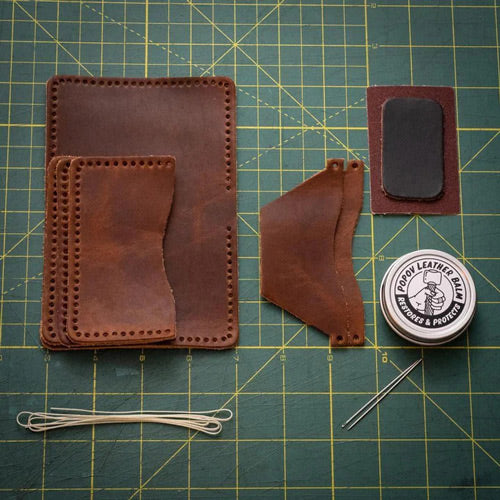
Full Hand
Leather that’s full-bodied and robust, like some combination of tanned leathers. Click for Detail
G
Glazed Finish
Glossy, smooth finish that’s done by polishing leather with glass or steel rollers under high pressure.
Grain (Character)
Natural markings on a leather surface. Click for Detail
Grain (Leather)
Outer part of the skin or hide with wrinkles, pores, marks, and other characteristics that make up the leather's natural texture. Click for Detail
Grain Split
The outer layer of hide or skin that’s split into two or more layers.
Grained Leather
Any type of leather with the natural grain changed by any method, manipulation, or process. Click for Detail
H
Hair-on Hides
Leather that’s tanned without removing hair on its skin or hide. Click for Detail
Hand
Also referred to as leather temper. It’s a term used to describe the texture or feel of leather, such as softness or pliability. Every hand matters, depending on the product you’re making. Click for Detail
For instance:
Hand Rubbing
Blending of colors to create a tone-on-tone effect. It’s done to add character and depth to the leather. Click for Detail
Hide
- The skin of mature or fully grown animals such as cattle, horses, and elephants.
- Leather made from the skin of these animals that has not been split.
- Leather from the grain split of their hides.
NOTE: Pelts (skin with its fur or wool) from smaller animals like sheep and goats are called skins. Click for Detail
I
Imitation Leather
A false copy of real leather. It’s made to look or feel like genuine leather, but it isn't. Instead, it’s made with materials such as rubber and rubber compositions, coated fabrics, and plastic.
Also known as a leatherette, synthetic, vegan, faux, or fake leather. Click for Detail
L
Laminated Leather
Leather with an added surface layer of polyurethane foil or other materials. This is done for various reasons: Click for Detail
- To give the product a look and feel of real leather
- To make the product waterproof
- To increase the product’s durability, making it last longer
Leather
The general term for a skin or hide of an animal with its fiber structures intact. It's treated to keep it flexible and rot-resistant. Click for Detail
Leather Weight
Refers to how thick a piece of leather is. It’s measured in ounces (oz.)—one ounce is equal to 0.4 mm or 1/64 inches of thickness.
The table below shows the different leather weights in ounces, inches, and millimeters for a better comparison. Click for Detail
| Ounce | Inches | Millimeters |
| 1 | 1/64 | 0.4 |
| 3 | 3/64 | 1.2 |
| 5 | 5/64 | 2.0 |
| 7 | 7/64 | 2.8 |
| 10 | 5/32 | 4.0 |
| 15 | 15/64 | 6.0 |
Liming
A part of the tanning process where unwanted hairs are removed from rawhides by soaking them in strong alkaline solutions. Click for Detail
M
Matte Finish
A smooth, dull, or flat finish added to chrome-tanned leather products such as shoes and handbags. Click for Detail
Milling
The process that makes hides supple. Click for Detail
N
Naked Leather
Dyed leather with no topical application that can change or mask its natural state. Click for Detail
Natural Grain
Leather that's retained its original grain. Click for Detail
Nubuck
Leather slightly brushed or buffed to produce a soft, fuzzy texture. It’s made from top-grain leather, where fibers are closer together and stronger. This makes it durable and high-quality. Click for Detail
P
Patent Leather
In the initial stages, patent leather is processed just like other high-quality leathers. It’s only at its final stage that it’s coated with oils, synthetic resins, or a glossy varnish to give it its characteristic lustrous, mirror-like surface. Click for Detail

Patina
A beautiful luster or sheen that develops gradually on the surface of leather. It is a hallmark of real leather and is loved because it adds character and beauty to any leather product.
All Popov Leather products are made with full-grain leather, which develops a rich patina over time, making them a top favorite to many leather enthusiasts. Click for Detail
"Very happy with this wallet...Has a thick leather with a rich patina that looks more and more beautiful every day…"
Join our Patina Club to earn points and rewards anytime you make a purchase.
Pearlized Leather
Leather that’s colored and with a pearl-like luster. Click for Detail
Perforated Leather
The process by which small holes are die-cut to create a pattern. These holes and patterns may have varying sizes and densities. Click for Detail
Pigmented Leather
Leather finished with a pigment coating to hide imperfections, increase durability, or maintain consistency in color and texture. Click for Detail
Pleather
Plastic fabric made to resemble genuine leather. Click for Detail
PU Leather
Synthetic leather made from polyurethane to have a similar feel and touch of real leather. Click for Detail
Pull-Up Leather
Leather treated with oils, dyes, and waxes so that when it’s pulled or stretched, its finish becomes lighter in the pulled areas. It’s another mark of quality leather.
R
Rawhide
A hide removed from an animal’s body, but has only been treated to preserve it before the tanning process. Click for Detail
Re-Tanned Leather
Leather subjected to secondary tanning with the same or different tanning method used during initial tanning. Click for Detail
S
Semi-Aniline Leather
Leather that's been aniline dyed, then added a light surface coating of pigment to increase durability and improve color consistency. Click for Detail
Shrunken Grain Leather
Full grain leather that’s shrunken to enlarge and give the grain surface uneven folds. Click For Detail
Side Leather
A piece of grain leather cut into half to form two sides to accommodate the tanning equipment effectively.
Skive
A term used to describe the slicing or splitting of leather into a thin layer to reduce it to the desired thickness. Click for Detail
Split-Grain Leather
Leather created during the splitting process when the fibrous bottom half is separated from the top grain of the hide. It’s mostly leather leftovers, hence not recommended for making quality products. Click for Detail
Suede
Leather made from split hides and finished by buffing or brushing to create a soft, fuzzy texture similar to nubuck. Click for Detail
T
Table Run
Leather that’s not graded. It’s cheaper and used to make low quality leather products. Click for Detail
Tanning
Process by which rawhides and skins are converted into finished leather. Click for Detail
Top Coat
A transparent, protective coating applied to a leather surface, which may give it a glossy or shiny finish.
Trimming
Removing hide parts that aren’t suitable for making leather, such as outer edges. Click for Detail
U
Unfinished Leather
Naked or aniline leather without additional application meant to color, finish, treat, or strengthen it. Click for Detail
Unprotected Leather
Leather without a protective coating. It’s softer than treated or protected leather. Click for Detail
V
Vegetable Tanning
Conversion of rawhide into leather through vegetable-based tanning agents or extracts to enhance or modify the hide. Click for Detail
W
Wet Blue Leather
Leather that’s not been processed further after chrome tanning and sold in its wet condition. Click for Detail
Y
Yield
Amount of usable leather produced from a hide after all imperfections and wastes have been removed. Click for Detail
Popov Leather—Your One Stop Shop for Everything Leather
All Popov Leather products are highly durable, made with the highest-quality leather, and manufactured with great attention to detail.
Browse the entire collection of our products here. From ready-made wallets to DIY Kits, you’ll indeed find an item for you.
For any inquiries, do not hesitate to contact us. Our team of leather experts will respond to you in no time.
Written by Ryan Popoff
Ryan Popoff is the creative mind behind Popov Leather wallets, iPhone cases, belts, watch bands and journals since 2013. With a Bachelor Degree in Fine Arts, my leatherworking journey began at home. I wanted to create a simple leather wallet that could fit into my front pocket and — to my delight — it was a hit with family and friends. Hopefully you love our honest, quality leather goods too! Reach out with questions.
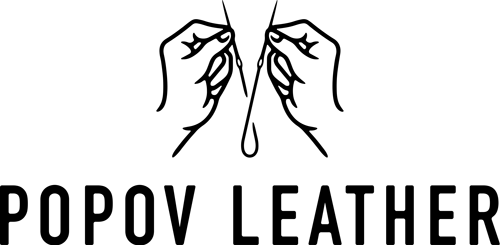
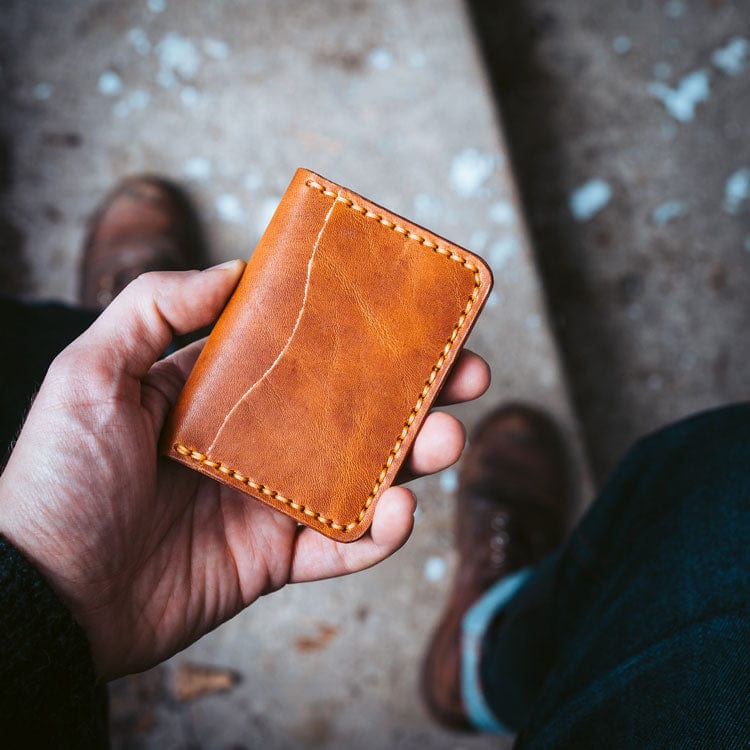
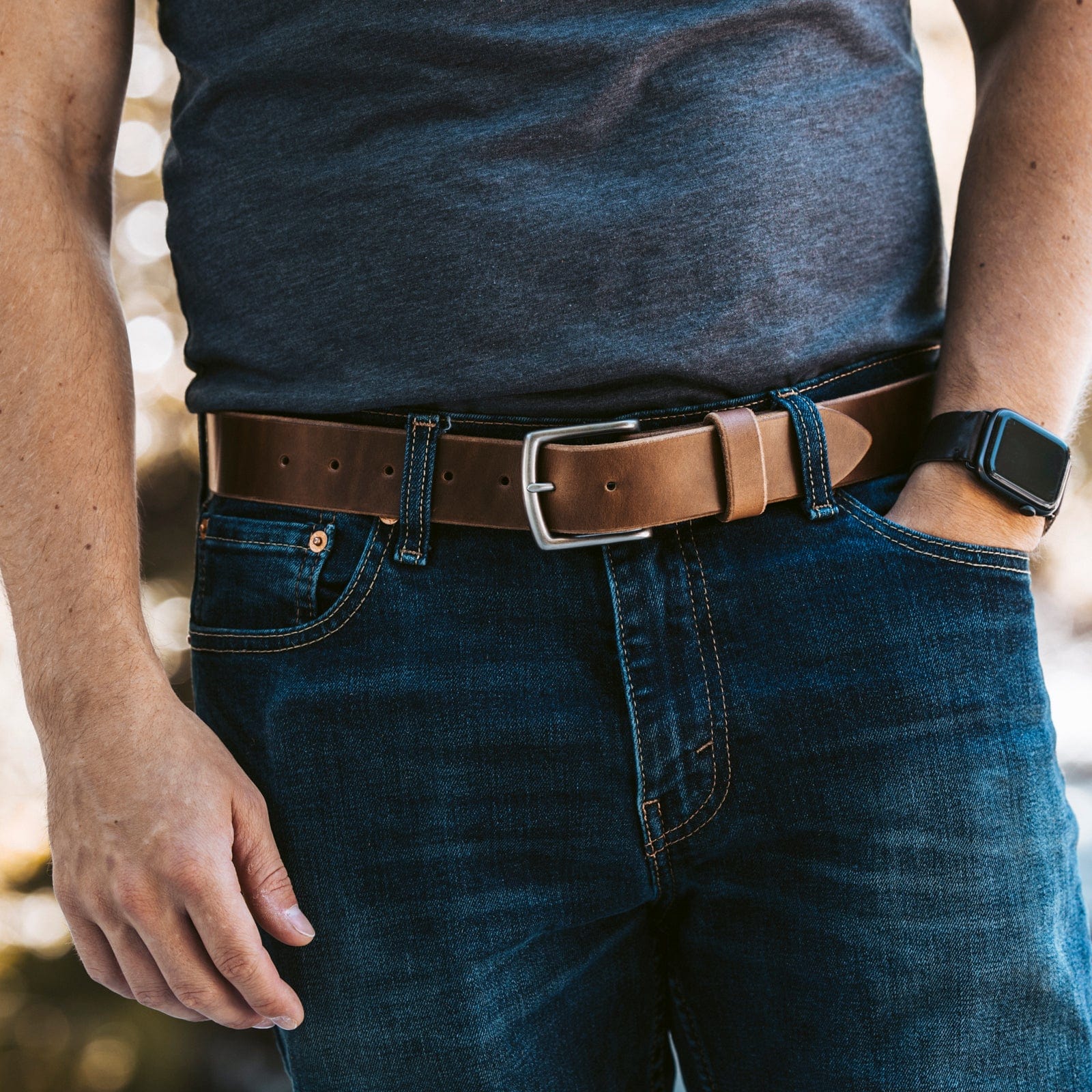
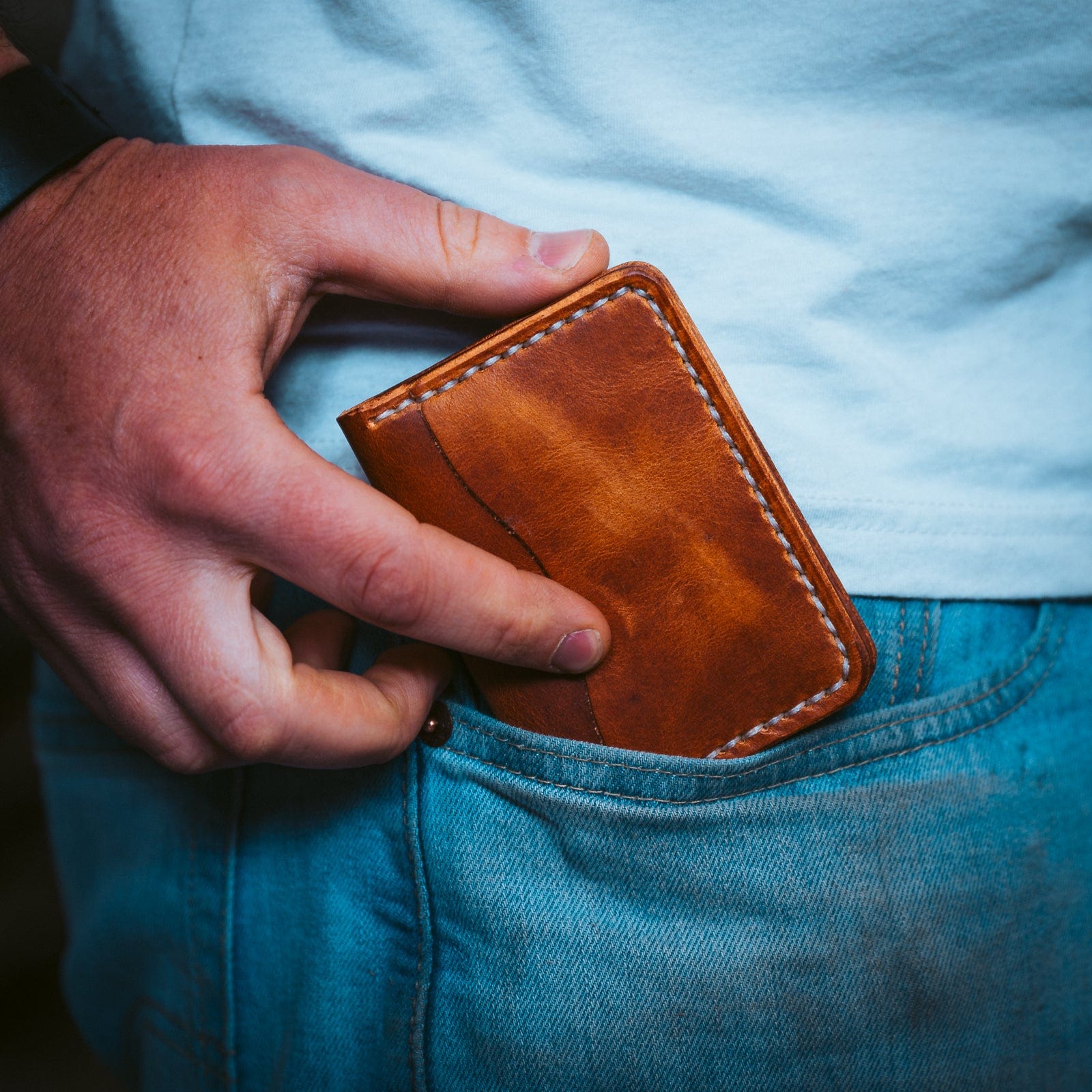
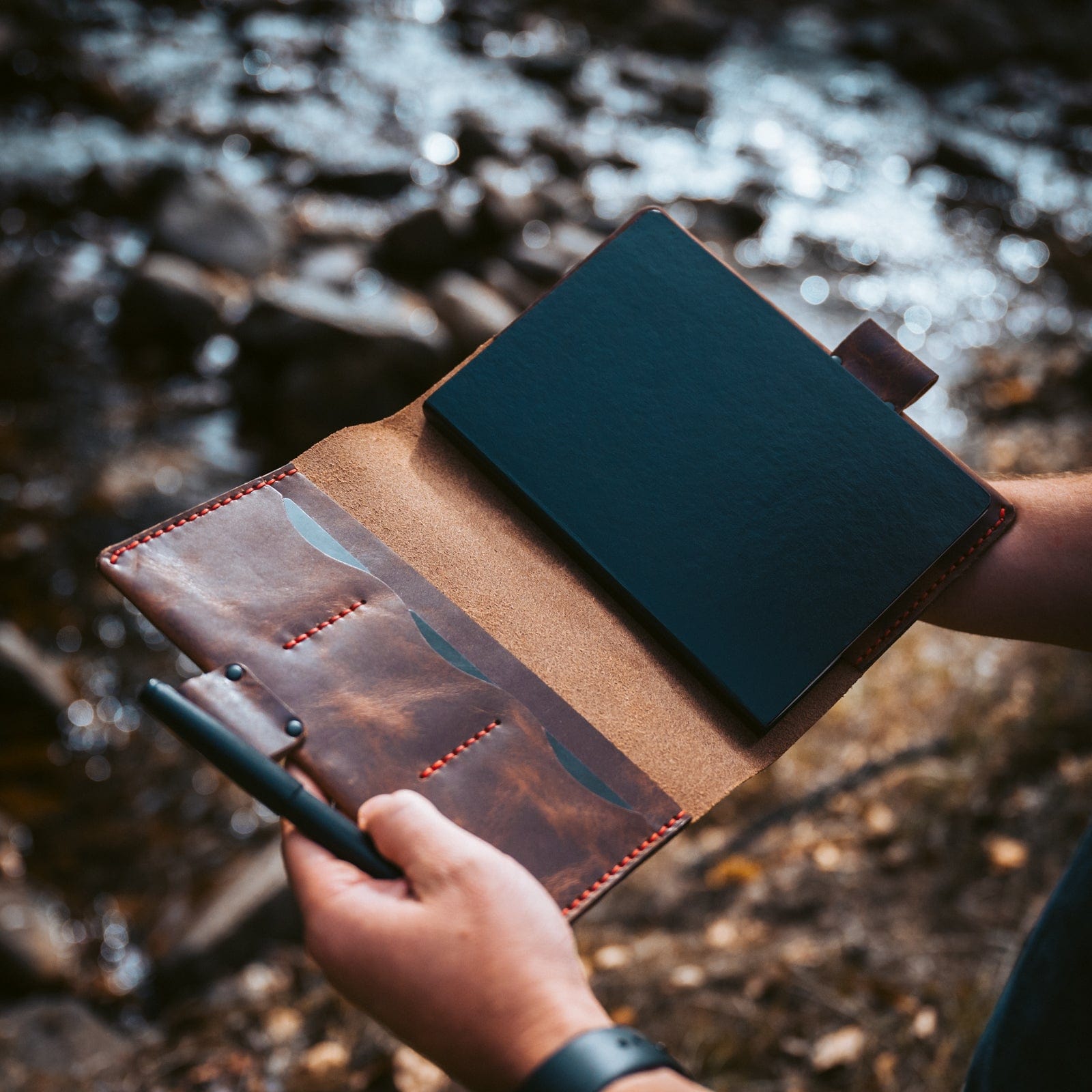
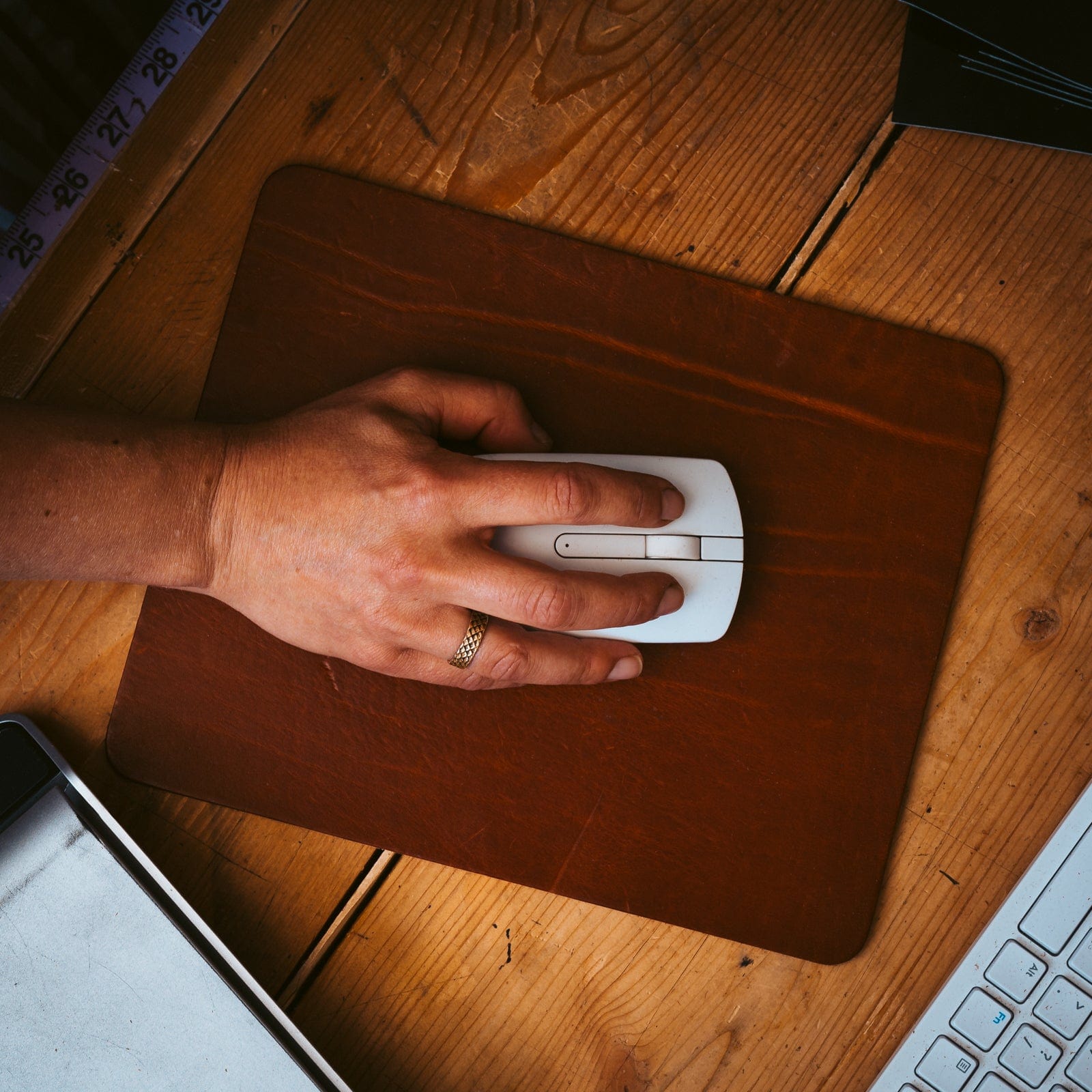
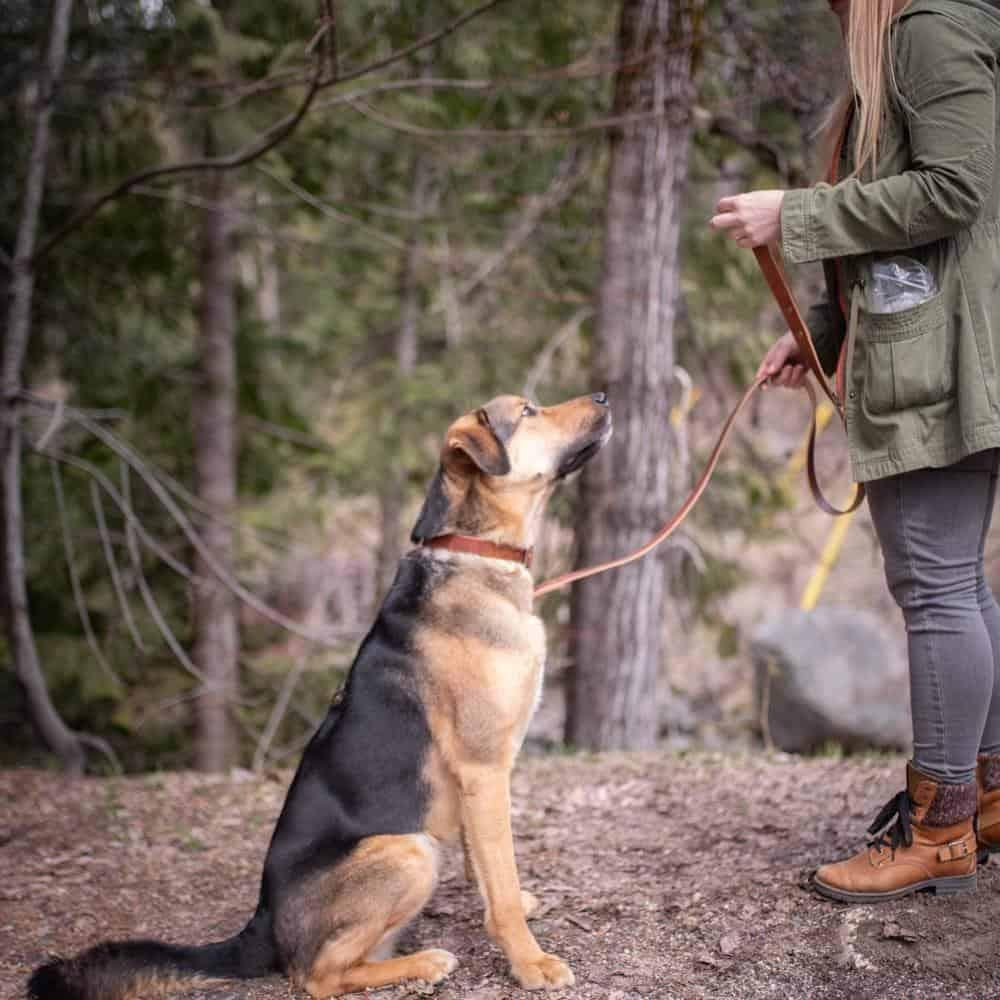
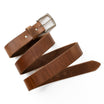


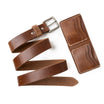
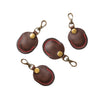




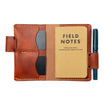
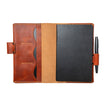
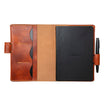
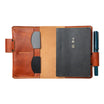
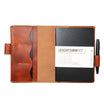
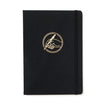
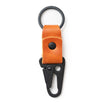
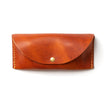
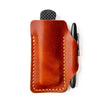
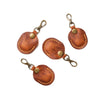
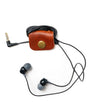
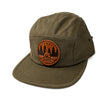
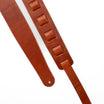
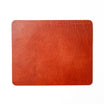
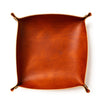
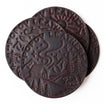
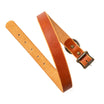

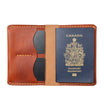
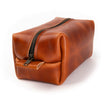








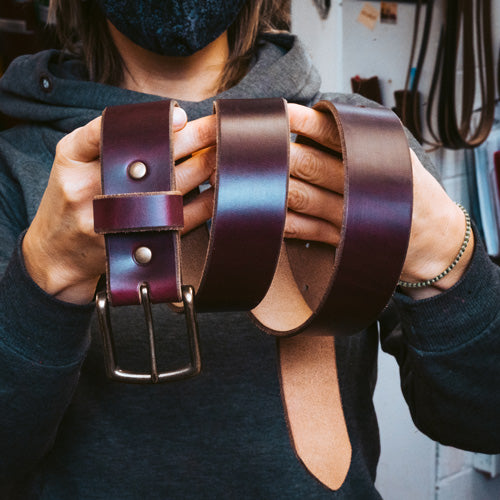












Leave a comment
All comments are moderated before being published.
This site is protected by reCAPTCHA and the Google Privacy Policy and Terms of Service apply.